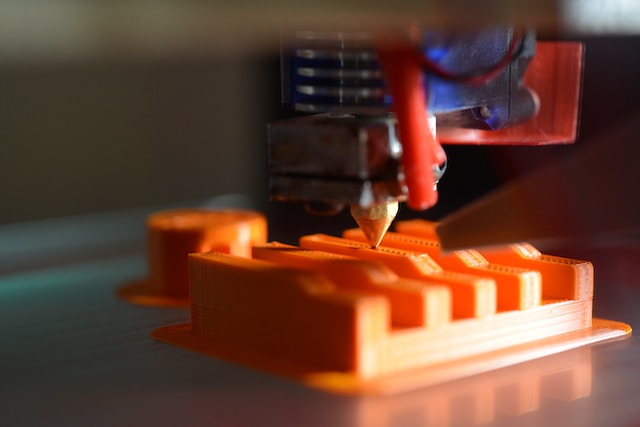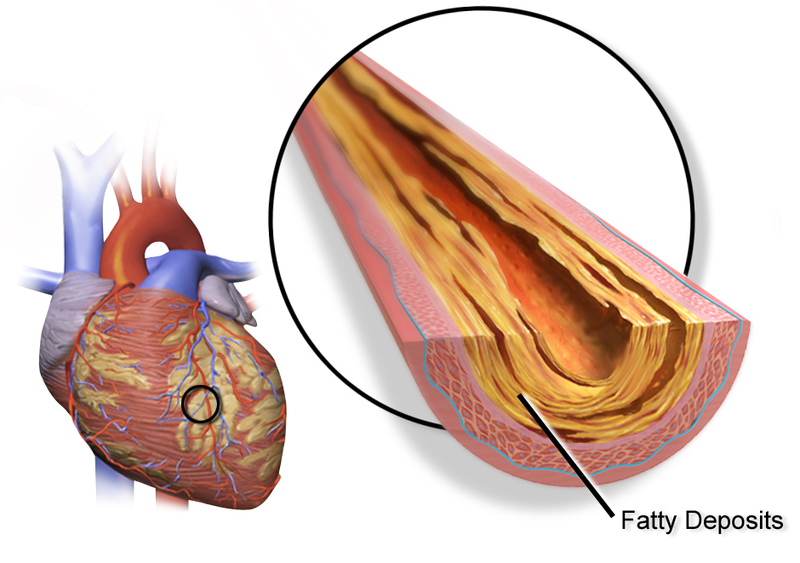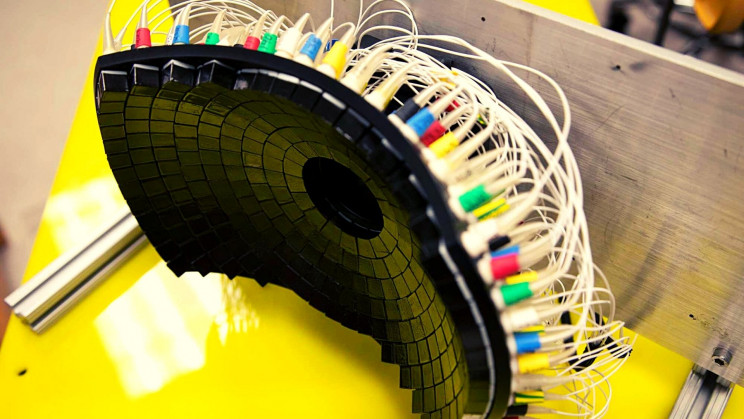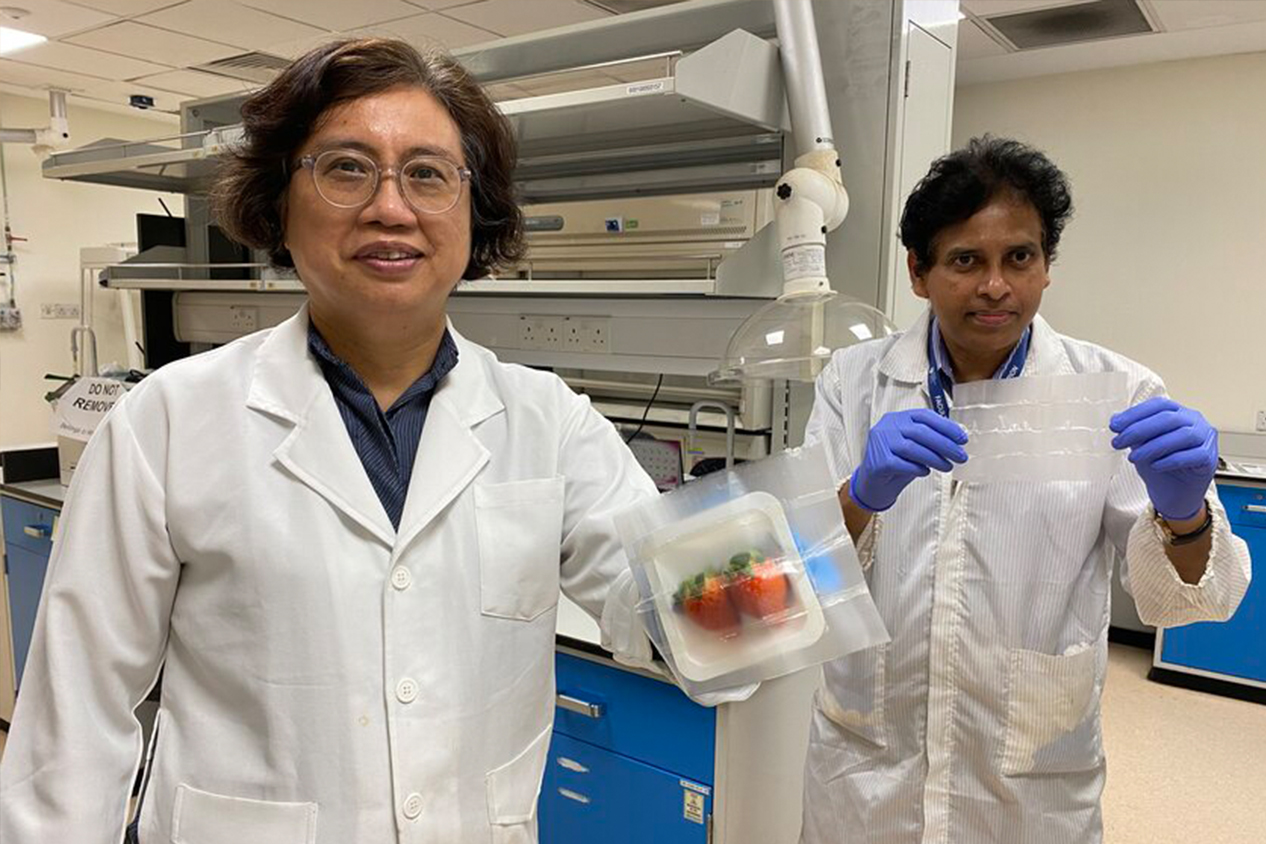In not so many words, hardness is simply a material’s ability to withstand or resist localized deformation. Deformation can be in the form of indentation, scratching, cutting, or abrasion. Hardness is characterized by a strong intermolecular bond, which is why some materials like metal and tungsten are harder than others.
That being said, hardness must be viewed in the context of other properties like elasticity, strength, ductility, and viscosity. Establishing hardness is crucial when looking for the right material to suit a particular purpose or environment.
However, the behavior of materials under a given force is complicated, thus different measurements of hardness exist, including scratch hardness, rebound hardness, and indentation hardness.
Indentation hardness
This type of hardness refers to a material’s resistance to permanent/plastic deformation when you subject it to a continuous load. It is what engineers refer to as hardness because it’s the most common form of loading metals go through.
Scratch hardness
Scratch hardness is a material’s ability to withstand scratches on the surface. A scratch is a narrow/light continuous indentation on the upper layer of a material due to contact with another sharp material. It is often used to test brittle materials such as ceramics that can’t undergo plastic indentation.
Rebound hardness
As the name suggests, this type of hardness refers to how a material absorbs energy on impact and returns it to the indenter. It is done by dropping a hammer on the test subject and recording its bounce.
The different types of hardness above all have different scales of measurement. However, conversion tables can be used to convert from one scale to another.
How to Test Hardness?
Unlike other material properties, there is no definite scale for measuring hardness. Different materials are tested using various methods that we will discuss below.
Brinell hardness tester measures the diameter of indentation caused by force applied by a steel or carbide spherical indenter. This test makes the widest and deepest indentation, allowing the test to cover a larger surface area.
Rockwell hardness tester is conducted by applying a minor force of 10 kg-f using a diamond cone indenter and recording that as the reference point. Another indentation is then made using a specified heavier load. The difference between the two indentations is the Rockwell hardness value.
Vickers hardness test uses a square-based pyramid indenter with a precise force to evaluate the test specimen. The test works better when testing thin materials like foil because the indentation is so small.
The Mohs hardness test is slightly different from the other three because it’s a scratch hardness test. It works by determining whether a surface can be scratched by another material.
Other test methods include the Knoop, Shore’s, Monotron, Keep’s, Durometer, Barcol, and Leeb’s hardness tests.
How to Choose a Suitable Hardness Tester?
With so many hardness testers available, it can be challenging to know which one to choose. Here are some few elements to look at when choosing a hardness tester;
The test load. The test specimen determines the test load. For example, steels and alloys require a heavy test load of up to 3000kf-f, while softer metals require only 500kg-f. The test load will determine how accurate the hardness value is.
The adaptability of the tester. How many indenter sizes and loads are available in a specific tester? This will mean the measuring range is wide.
The shape of the test specimen. Some testers, Brinell, to be more specific, are more accurate on flat surfaces. This means you can’t use it on spherical, conical, or cylindrical samples. A Rockwell hardness tester on the other hand is suitable for all shapes and sizes.
Benchtop or portable testers? If you cannot take a sample of the test specimen, portable testers are the best because you can easily transport them to the site. However, benchtop testers allow for a more comprehensive evaluation and solve problems that portable testers cannot.







